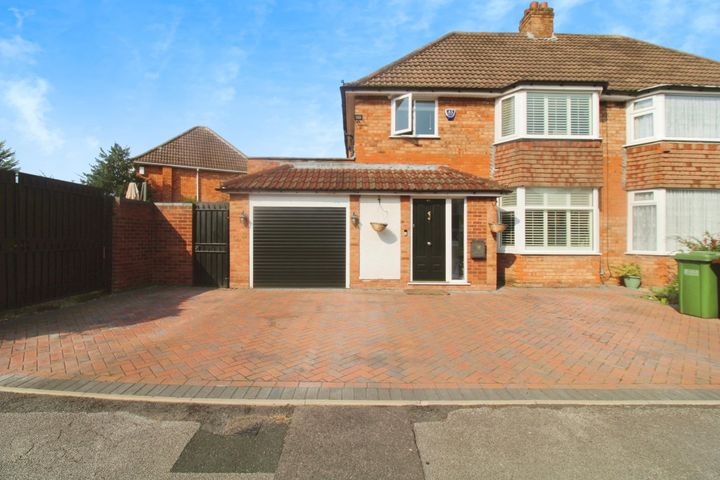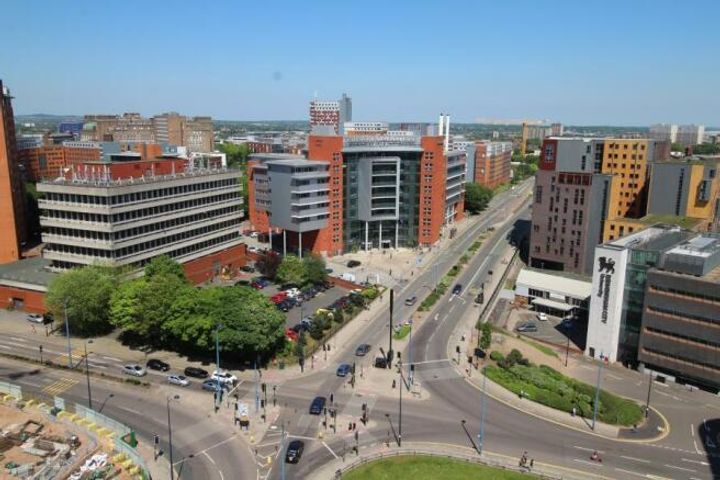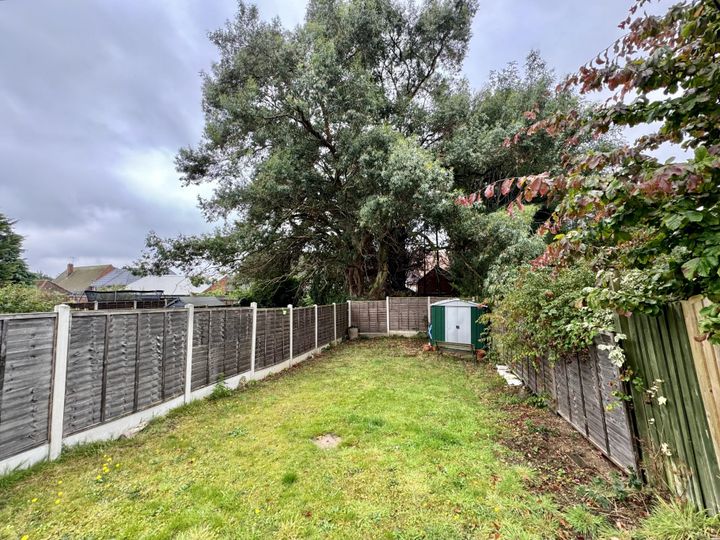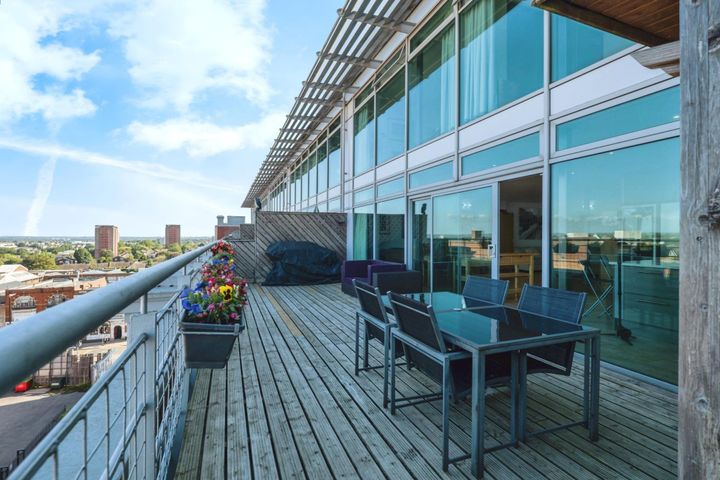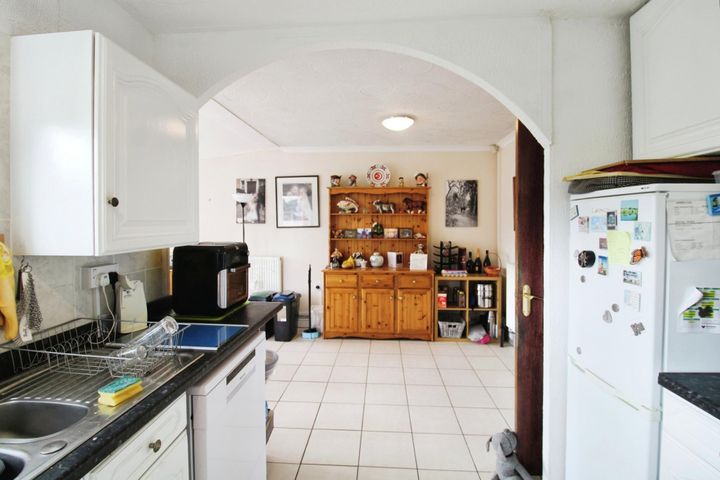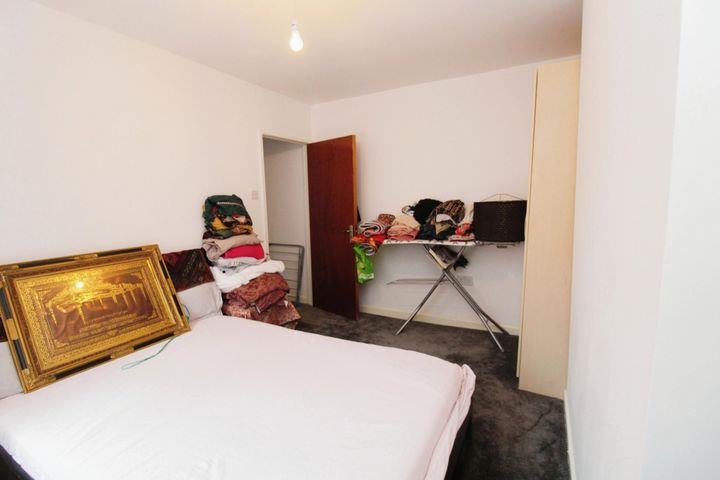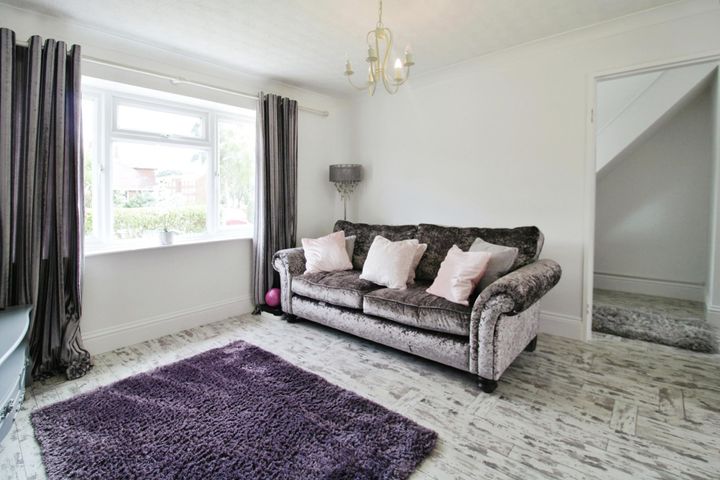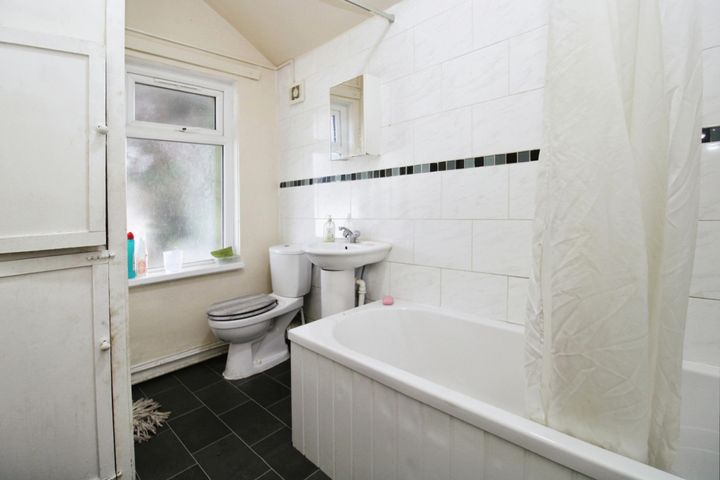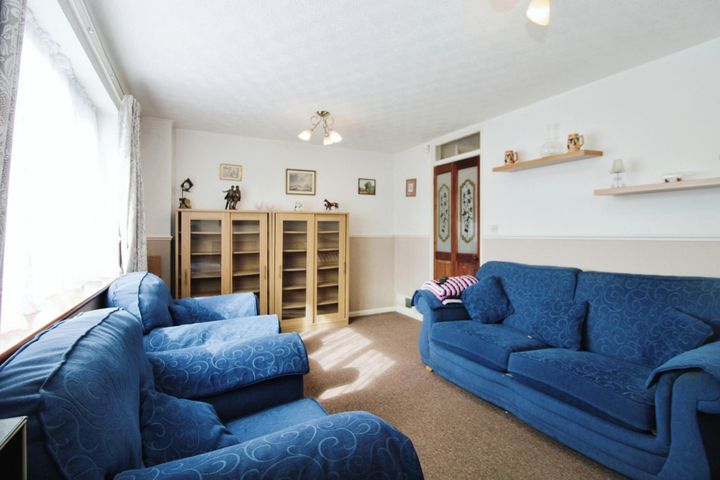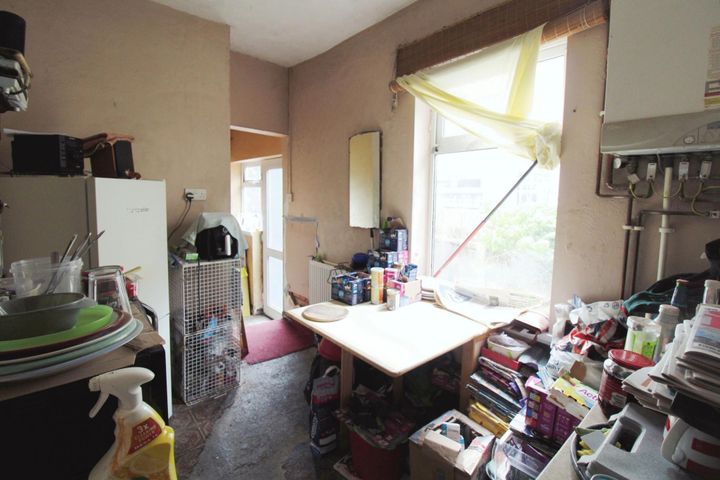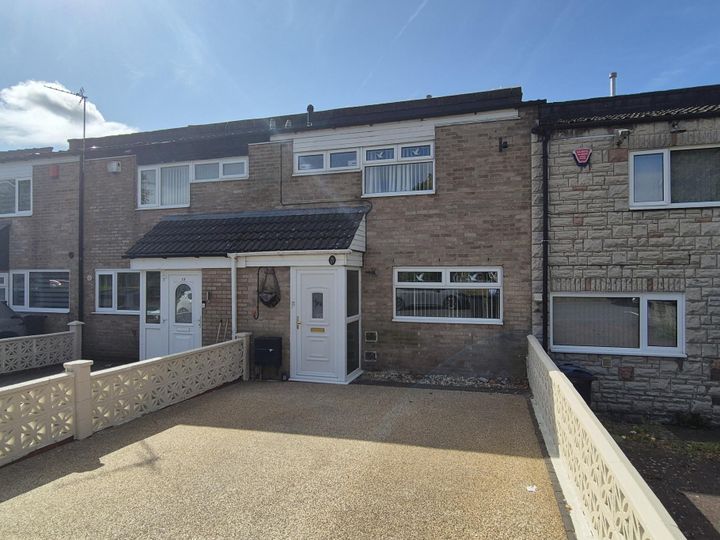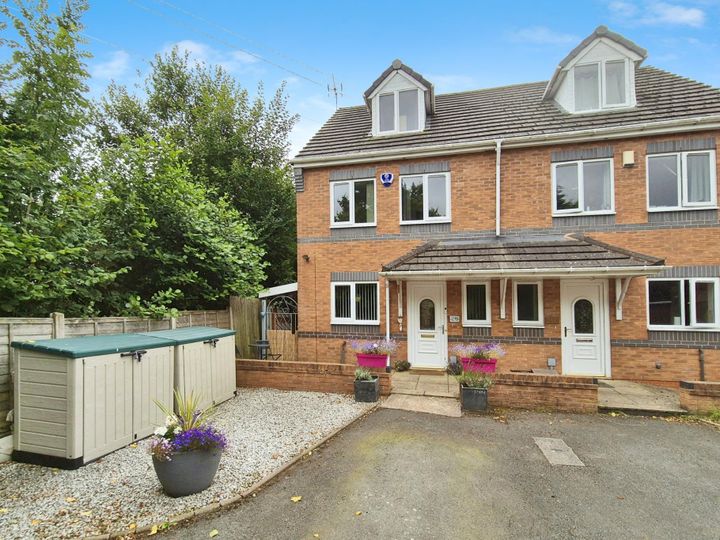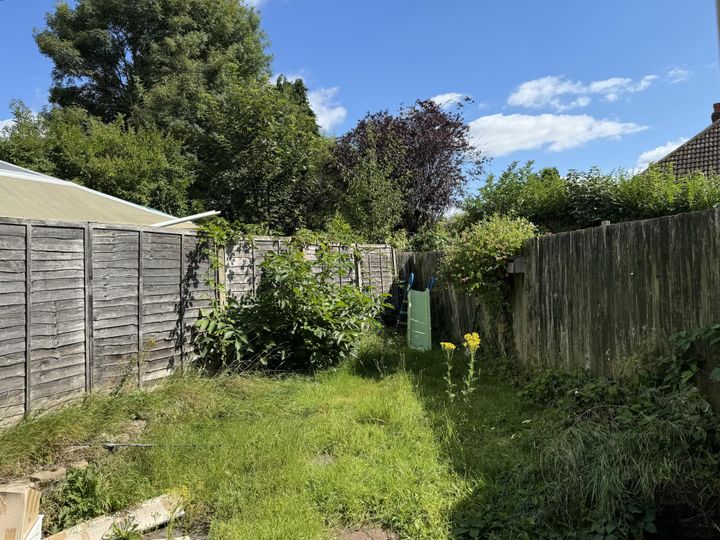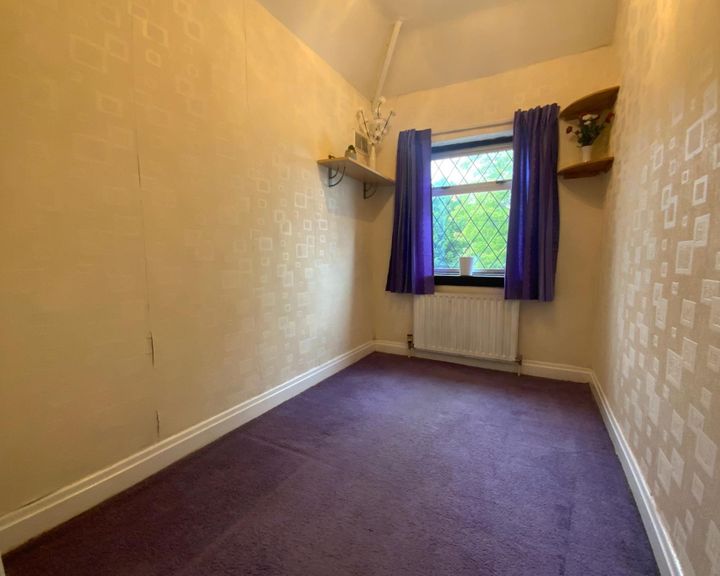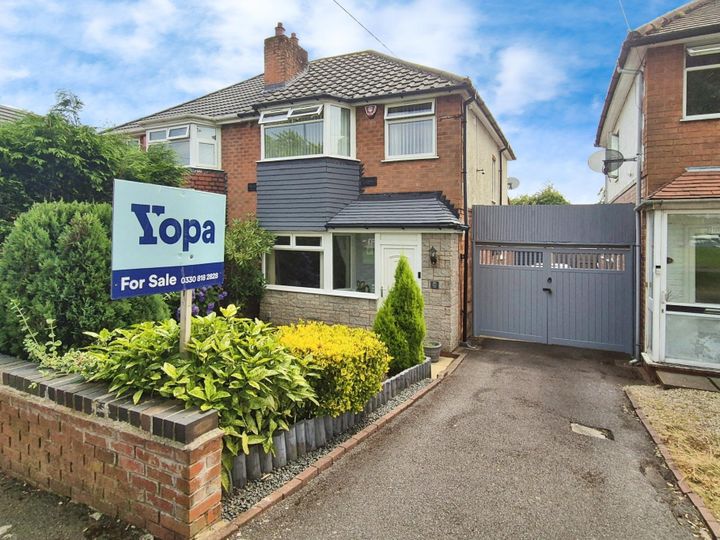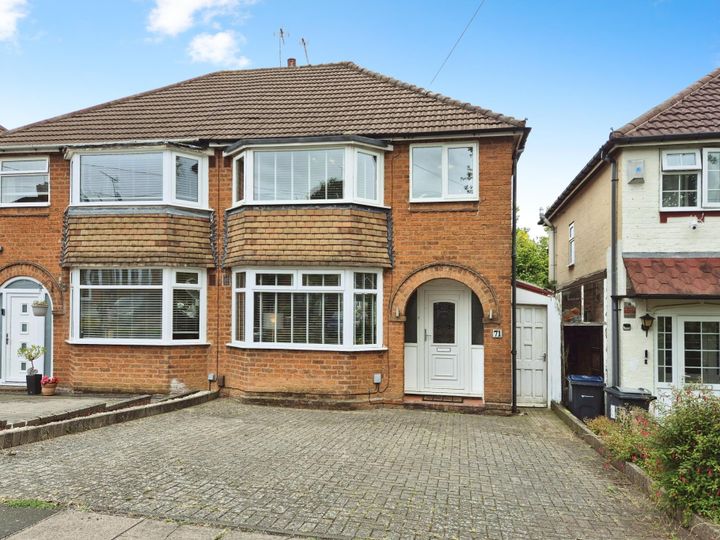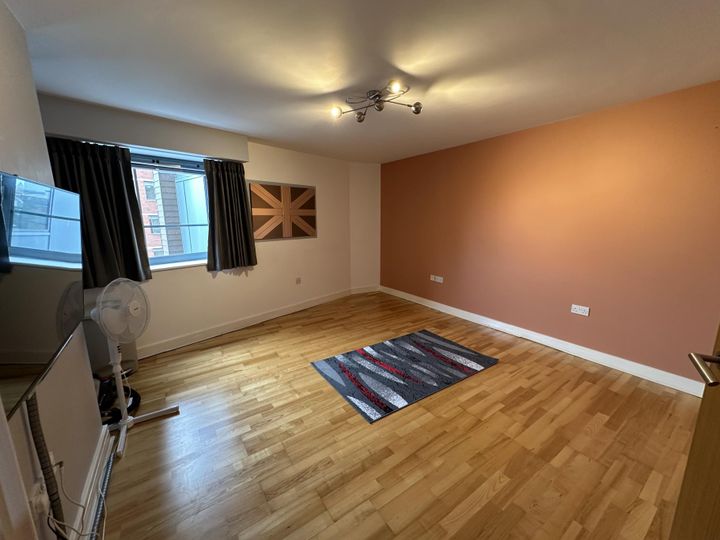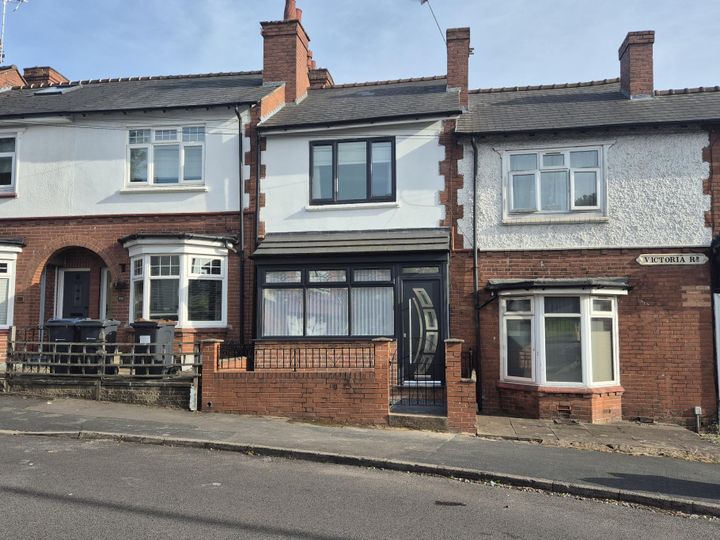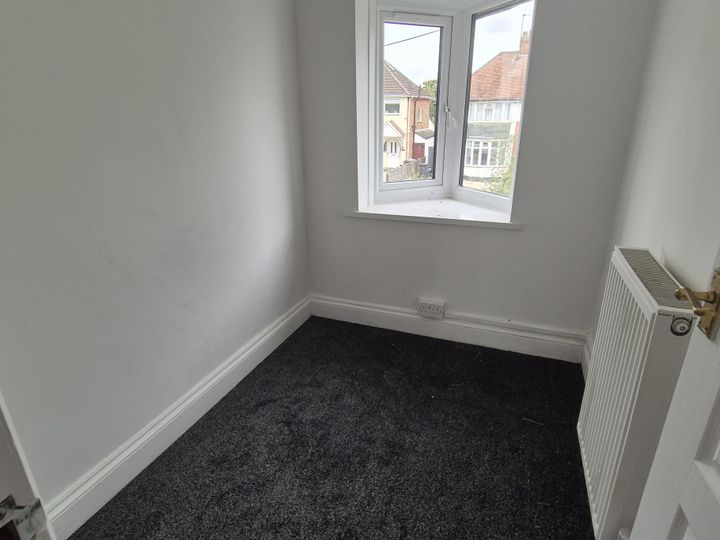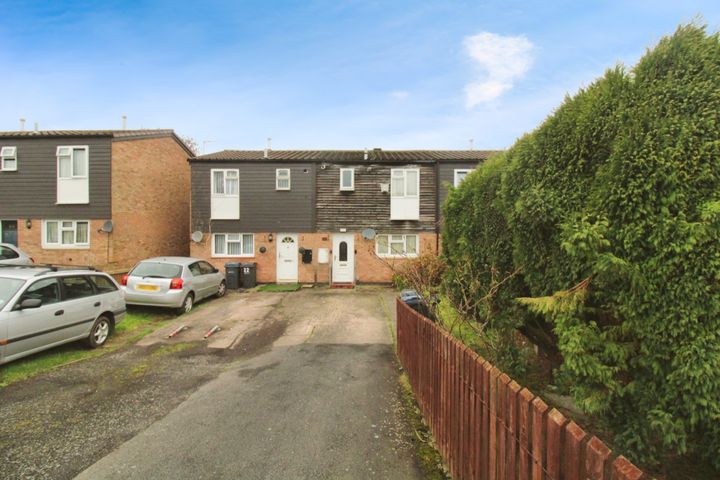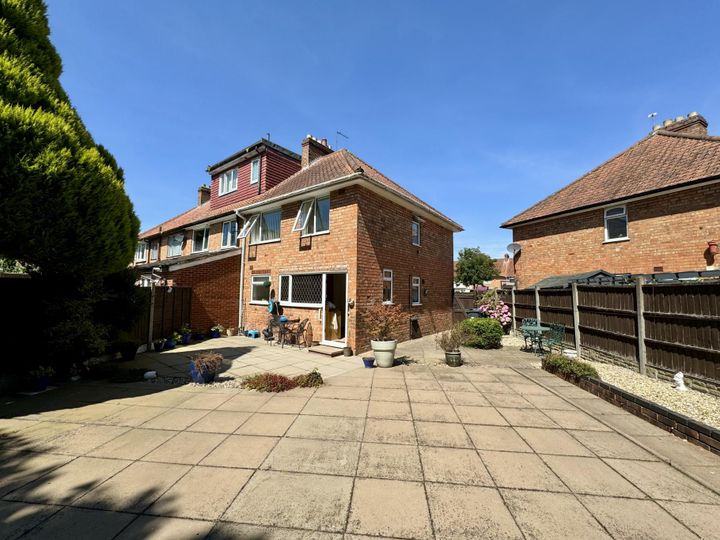Real estate prices in Birmingham are influenced by a variety of interconnected factors, including location, local amenities, and economic conditions. The proximity to prestigious neighborhoods like Edgbaston and Harborne can significantly raise property prices, as these areas are known for their schools, parks, and dining options. The presence of major employers, such as the University of Birmingham and the Birmingham City Council, also plays a vital role, as demand for housing often increases in areas with a robust job market. Additionally, transport links—such as the availability of train services fromNew Street Station and the expansion of the Metro system—can elevate property values by making neighborhoods more accessible. Recent urban regeneration projects, like those in the Birmingham Smithfield area, have added appeal and have led to a surge in interest and prices. Finally, market trends driven by wider economic factors, including interest rates and consumer confidence, directly affect real estate demand and pricing in Birmingham.
Birmingham
Location
Price Range
Any price
Price Range
Minimum
No min
Maximum
No max
Property type
Show all
Property type
Show all
House
Apartment
Building
Other
Bedrooms
Any beds
Bedrooms
Minimum
No min
Maximum
No max
Surface Range
Any surface
Surface Range
Minimum
No min
Maximum
No max
Sale type
For sale
Sale type
Show all
To rent
For sale
Location
Apartments and houses for sale in Birmingham
70 results
Recent
Birmingham insights
| Aspect | Summary |
|---|---|
| Population | 1,149,000 |
| Average Property Price | £250,000 |
| Rental Yield | 5.5% |
| Average Rent | £1,000 |
| Occupancy Rate | 95% |
| Capital Growth Rate | 3% per annum |
| Property Tax | 1.2% of property value |
| Transaction Costs | 3-4% of property value |
| Expected ROI | 7-8% per annum |
| Economic Growth Impact | Positive; supported by infrastructure development |
Birmingham FAQ
What factors influence real estate prices in Birmingham?
How have real estate prices in Birmingham changed over the last few years?
Over the past few years, real estate prices in Birmingham have seen a notable increase, driven by a combination of factors including economic growth, demand for housing, and regeneration projects. According to reports, the average property price in Birmingham rose by approximately 18% between 2020 and 2022, reflecting a heightened interest in the city amid the pandemic as remote work prompted more individuals to seek larger spaces. Neighborhoods such as Moseley and Harborne experienced significant price hikes, with some properties fetching up to 10% higher than the asking price due to competitive bidding. Furthermore, developments like the Paradise Birmingham project have contributed to attracting both residential and commercial investors, further bolstering the market. On the rental front, demand surged, leading to a 15% increase in rental prices in the city center over the same period, driven largely by younger professionals looking for vibrant urban living.
What is the average home price in Birmingham right now?
As of late 2023, the average home price in Birmingham, Alabama, is approximately $275,000, reflecting a steady increase over the past few years. This figure can vary significantly depending on the neighborhood; for instance, areas like Mountain Brook and Homewood report averages closer to $400,000, driven by their desirable school systems and proximity to the downtown area. Meanwhile, neighborhoods such as Ensley and Woodlawn show average prices around $150,000, appealing to first-time homebuyers and investors looking for more affordable options. The overall market remains competitive, with a notable increase in demand for suburban properties as remote work continues to influence living preferences.
Are certain neighborhoods in Birmingham more expensive than others?
Certain neighborhoods in Birmingham exhibit significant variations in property prices, often influenced by factors such as location, amenities, and local demographics. For example, areas like Edgbaston and Harborne are known for their higher property values, with Edgbaston attracting affluent buyers due to its proximity to the city center and its prestigious schools, parks, and cultural institutions. In contrast, neighborhoods like Sparkbrook and Bordesley Green typically feature more affordable housing options, largely appealing to first-time buyers and renters. Selly Oak has also seen a rise in popularity and consequently higher property prices, particularly due to its appeal to students and young professionals given its proximity to the University of Birmingham. The differences in pricing reflect not only the desirability of these areas but also their access to transport links and community facilities.
What is the trend for real estate prices in Birmingham for the next few years?
Over the next few years, Birmingham's real estate market is anticipated to experience a steady upward trend in prices, driven by a combination of economic developments and demographic shifts. The city has been actively investing in infrastructure, such as the HS2 rail project, which is expected to enhance connectivity and attract more businesses. As a result, areas like the city center and the surrounding neighborhoods, such as Digbeth and Moseley, are seeing significant interest from both domestic and international buyers. Additionally, Birmingham has been experiencing an influx of young professionals, which is elevating demand for rental properties and starter homes. According to recent reports, properties in popular districts have shown year-on-year price growth, with some areas witnessing increases of around 7-10%. This trend reflects a broader shift in the housing market as Birmingham continues to evolve into a thriving economic hub.
How do Birmingham property prices compare to other cities in the UK?
Birmingham's property prices have seen significant growth, yet they remain relatively affordable compared to other major UK cities. As of late 2023, the average house price in Birmingham is around £230,000, which is notably lower than London, where average prices hover around £530,000. Cities like Manchester and Bristol also report higher averages, with Manchester's homes priced at about £256,000 and Bristol approaching £335,000. Despite its size and economic significance, Birmingham's property market benefits from a lower cost of living, making it an attractive proposition for homebuyers and investors. Additionally, areas like Solihull, just outside Birmingham, have experienced prices exceeding those in central Birmingham, reflecting a preference for suburban living. Overall, while Birmingham's property values are on the rise, they remain competitive on a national scale.
What are the common fees associated with buying property in Birmingham?
When buying property in Birmingham, several common fees need to be considered beyond the purchase price. Stamp Duty Land Tax (SDLT) is one of the most significant costs, calculated as a percentage of the property's value, with varying rates depending on the price threshold. For example, a property costing £250,000 incurs a charge of 2% on the portion above £125,000. Additionally, buyers should factor in legal fees, which typically range from £800 to £1,500, covering the costs of conveyancing services. Surveying fees are also important; a basic homebuyer survey can cost between £400 and £1,000, while a more comprehensive building survey may be even higher. Other potential costs include mortgage arrangement fees, which can be around £1,000, and any applicable registration fees with the Land Registry, often around £200. Lastly, if applicable, leasehold properties might entail additional charges, such as ground rent and service charges, which should be clarified before purchase.


